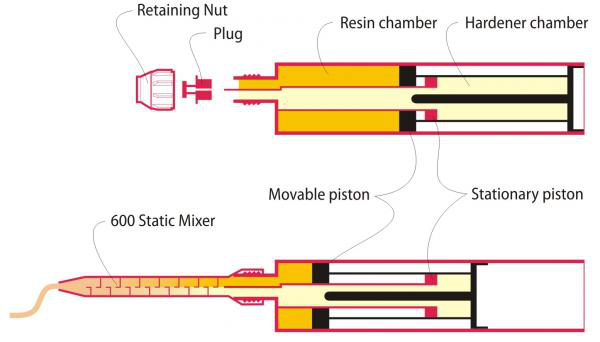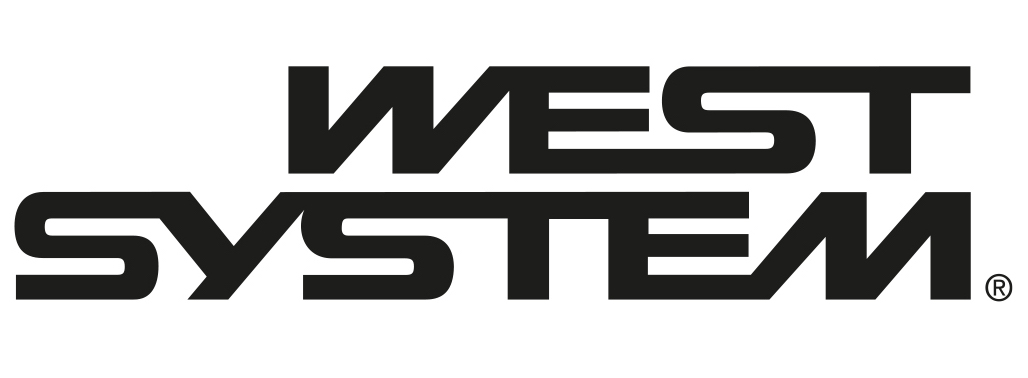Six10 is a WEST SYSTEM speciality epoxy that is sold in cartridges for easy ‘point and shoot’ convenience. It has its own unique handling characteristics users should be aware of.
In this FAQ section, users of Six10 can find answers to some key questions that are particularly relevant to them.
What size is the static mixer hole?
It is 3 mm in diameter, but it is stepped in graduations so you can clip it with a knife to make it emit a larger bead of 5 mm or 6 mm in diameter.
How long is the bead of thickened epoxy that one cartridge of Six10 will dispense through the static mixer?
It will produce a bead of epoxy of more than 12 m long when the static mixer opening is left at 3 mm in diameter.
Can I clean the mixer and reuse it?
It is possible to reuse the mixer but it’s easier to purchase our inexpensive replacement mixers such as our 2-pack or 12-pack of static mixers.
Can I paint over cured Six10?
Yes. Like other cured WEST SYSTEM epoxies, simply abrade with sandpaper then paint with latex, enamel or polyurethane.
Was my Six10 cartridge only half-full? Or did it break when it was only half-emptied?
No. The cartridge is designed so that both chambers are emptied completely when the plunger has travelled half the length of the cartridge. When the plunger stops near the midway point, the full 190 ml of resin and hardener have been dispensed.

Cross-sections of the Six10 cartridge.
Why is it best to use Six10 with rod-driven dispensers?
Always dispense Six10 with rod-driven dispensers whether they are manual, pneumatic or electric. Never dispense Six10 with a rod-less pneumatic dispenser.
The cartridge has two chambers: one in the front and one in the back. Each chamber has a drive piston. In a rod-driven dispenser, the drive rod pushes the cartridge’s back chamber which in turn simultaneously advances the front chamber. This delivers the correct resin-to-hardener ratio.
However, when a rod-less pneumatic dispenser is used, both the front and back chambers are pressurised, allowing them to advance independently. This overrides the Six10 cartridge’s built-in ratio control and results in off-ratio mixtures. Rod-less pneumatic dispensers often result in a botched mixed ratio and a failure to cure.




